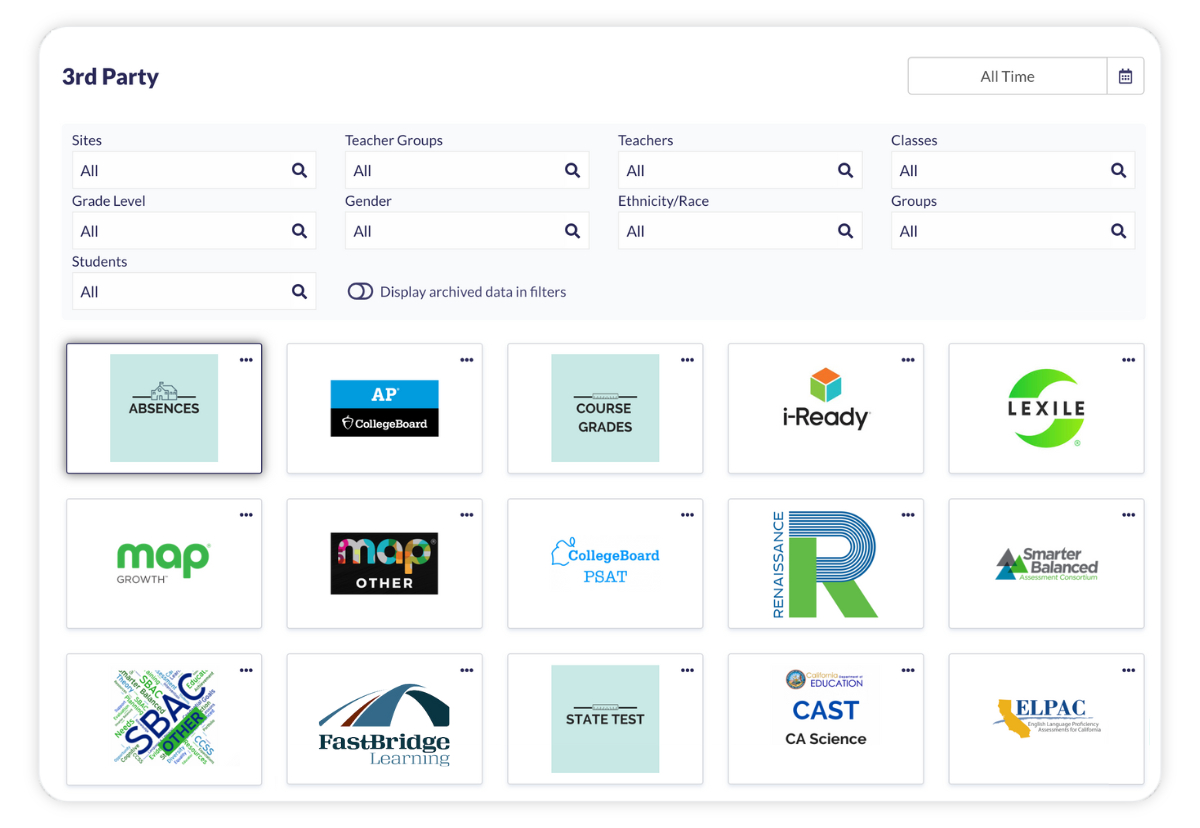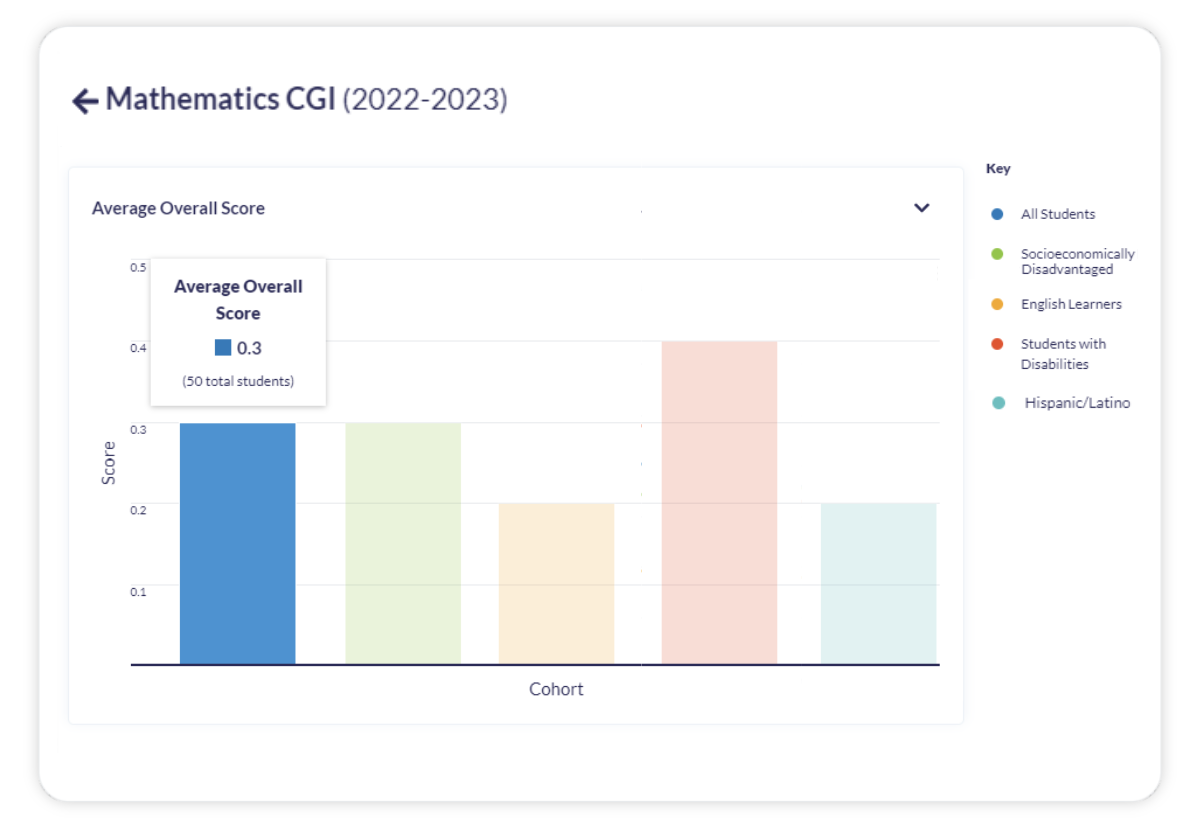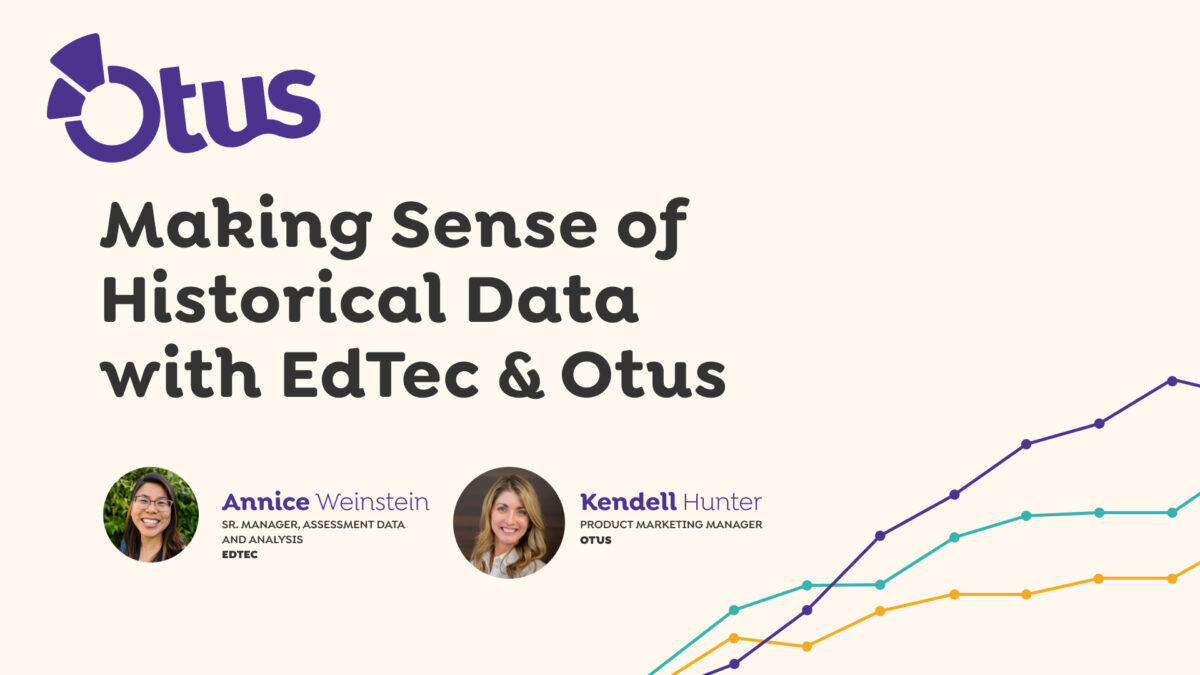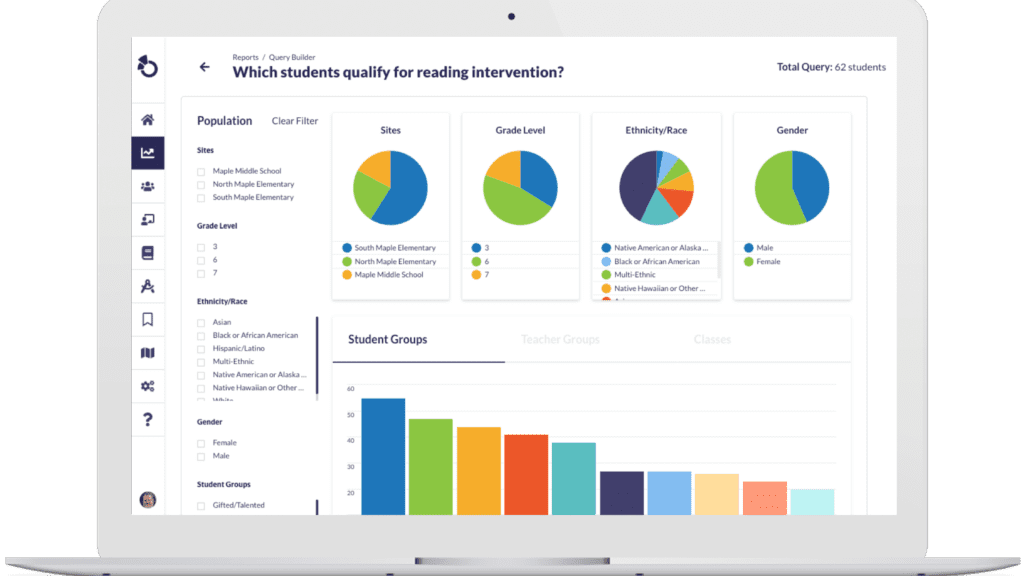One of the most significant changes this year to California's Local Control and Accountability Plan (LCAP) is the introduction of a mid-year reporting requirement. In this blog post, we will provide an overview of the new Mid-year Annual LCAP Update Board Presentation and how innovative tools like Otus can assist in streamlining the process.
The Mid-Year LCAP Update
In the past, California schools were required to report on their performance metrics only once a year through the LCAP. However, the updated LCAP requirements now mandate districts and charter schools (both defined as Local Educational Agencies, or LEAs) to annually provide an LCAP mid-year update presentation to their board, in an effort to ensure that progress towards the goals is continually monitored and evaluated.
California charter schools must present the Mid-year Annual LCAP Update Board Presentation to their Board by February 28th, 2024. As a part of the Mid-Year LCAP Update Presentation, charter schools must provide updates on 23-24 LCAP components, including:
Actions Implementation: Charter schools are expected to report on the status and progress of the actions outlined in their LCAP, ensuring that their educational initiatives are on track.
Expenditures to Date: Charter schools must provide an update on expenditures to date compared to the amount budgeted, allowing stakeholders to assess resource utilization.
Progress on Metrics: Reporting on the measurable outcomes is central to the mid-year LCAP update. Charter schools must report all available LCAP outcomes data, demonstrating their commitment to continuous improvement and student success.
Budget Overview for Parents: Charter schools should present an updated budget overview for parents, fostering trust and transparency within the school community.
Otus: Your Key to Monitoring Student Progress
Otus, a K-12 student growth platform, is an innovative tool for charter schools to monitor student progress and efficiently meet some of their mid-year LCAP reporting requirements. Otus is designed to make data collection, analysis, and reporting easier and more effective.
Here's how Otus can assist your mid-year LCAP reporting:
Centralized Data Management: Otus standardizes the collection and analysis of student performance data, making it easy to monitor and report on progress toward performance metrics.

Disaggregation by Key Student Groups: With Otus, you can disaggregate student performance by key student groups or custom student groups, allowing you to target and address equity gaps.

Data Visualization: Otus offers robust data visualization tools that make it easier to create clear and compelling presentations for the Mid-Year LCAP Update.

Family Engagement: Families can view and contribute to progress monitoring plans, adding updates to track growth both outside and during school hours, alongside students’ goals.

The introduction of the Mid-year Annual LCAP Update Board Presentation requires early preparation and calendaring. With the obligation to report on numerous LCAP components twice a year, it's crucial for charter schools to employ efficient tools that simplify the reporting process. Leveraging the power of Otus, with its comprehensive suite of tools, can help you meet reporting obligations with ease and accuracy. To learn more about Otus and how it can assist your development of the Mid–Year LCAP Update, please reach out to our team.
This blog was guest-written by our partners, EdTec. EdTec provides Otus to charter schools with charter-specific customized support to meet the needs of charter accountability requirements.
Related Content

Watch this webinar to learn how school leaders can make sense of historical data and analyze trends over time for a variety of student groups, including special education students, English language learners, and more.
Related Resources
Request a demo!
See exactly how Otus can help your school accelerate student growth and improve student outcomes – all while saving educators time.





